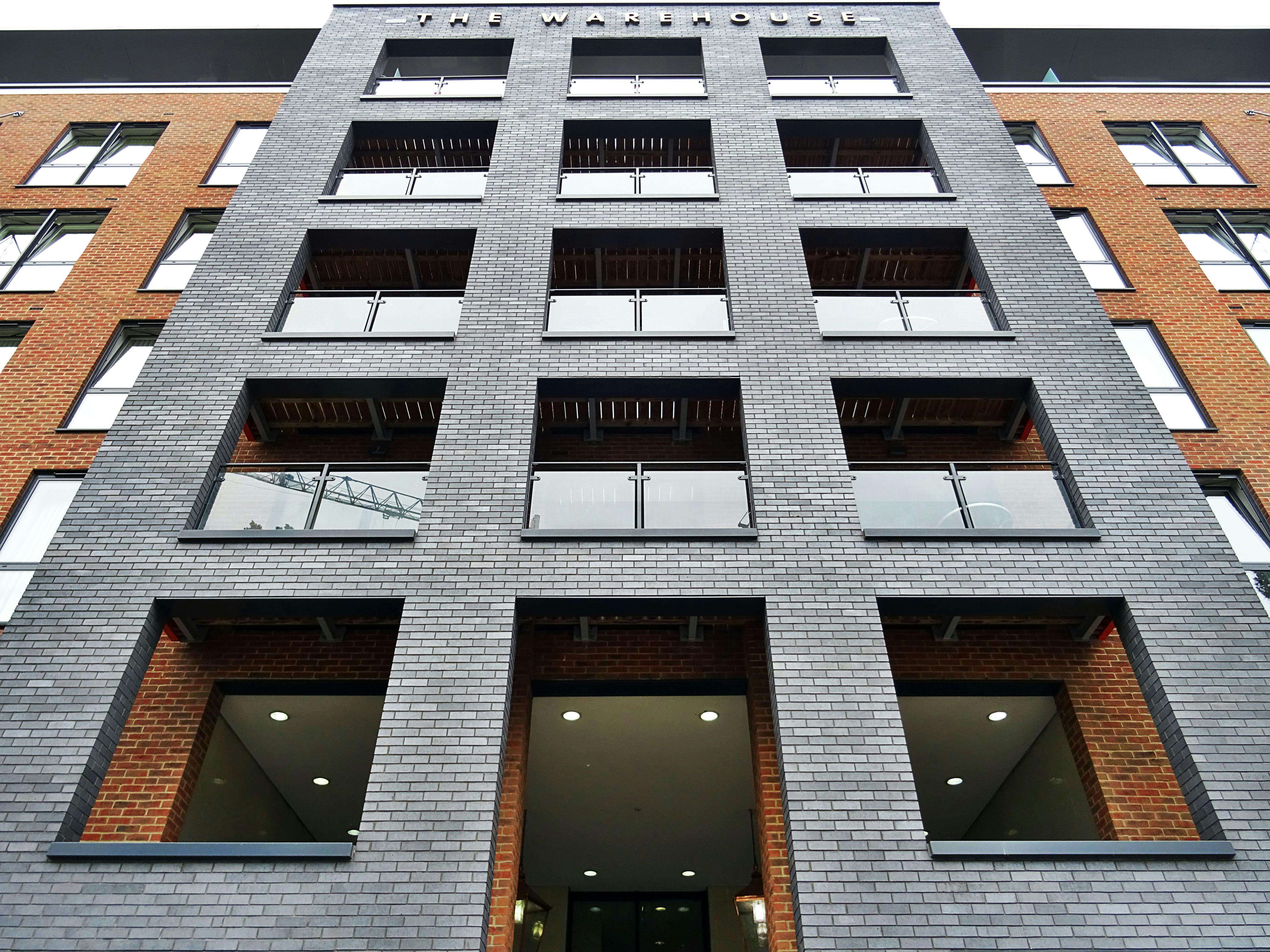
Gorey Castle – Pride of Jersey
Gorey Castle is a titan among castles. It looms against the horizon over Jersey’s most iconic harbor, a brooding, monolithic presence watching over the golden sands of the East Coast. Mont Orgueil is its French name, meaning “pride,” and the title serves it well. Today Gorey Castle is a star tourist attraction, a Jersey icon. But its sheer weight, its brutal military presence, speaks of a darker past. From the Iron Age hill fort to the Nazi castle, Gorey Castle has played a pivotal role in the history of the island of Jersey.
Gorey Castle’s story begins as a rocky crag high on the plains that stretch a thousand miles to the south. Neolithic peoples placed stone dolmens on the tops of mountains. Then the sea, sated by the melting ice of the Ice Age, devastates the forests and lashes down to the base of the rock. The island of Jersey is born. Iron Age peoples recognize the defensive potential of castle rock and seize it.
For long centuries the hill fort stood, even as William, Duke of Normandy, overlord of the isles, seized history by the throat and conquered England. Times have changed and the world has turned. Suddenly, the English kings found themselves embroiled in a titanic struggle for continental supremacy. Jersey was thrust into the front line, the literal cockpit of the two great powers at war, England and France. The first recorded mention of the castle was in November 1212, when the conflict reached a fever pitch.
Work progressed on a large stone fortress. A thousand tree trunks were sent from Hampshire’s New Forest to fortify the new castle. Armor and swords arrived by ship from England. Along with the great fortress of Grosnez, the now-abandoned fortress in the far northwest, Gorey Castle was a stronghold of English rule. In 1337 the French invaded and the castle withstood the siege. Blood flowed, but the castle did not collapse. A second siege under the French buccaneer Bertrand du Guesclin followed in July 1373, and the outer walls were breached. But the rock did not fall.
In the Middle Ages life was, to paraphrase Hobbes, unpleasant, brutal and short. The “Wounded Man” display at the castle gate showcases the exquisite variety of means by which man inflicted pain on man for gold and glory. Mount Pride paid its due in blood. However, when the French finally occupied it in the 15th century, it was through treachery, not brute force.
Times changed, firepower increased, and the fatal proximity of the hills they dominated made the once proud easy prey. Military priorities had changed. It was time that a great new fort, fit for the age of artillery and ordered armies, was built on the ruins of St. Helier’s priory. Elizabeth Castle was born, elegant and modern and guarding the port of the capital.
Gorey Castle faced the wrecking ball, but luck prevailed. It was Sir Walter Raleigh, the consummate Renaissance man, explorer, astrologer and man of letters, who rescued the castle. He was sent by Queen Elizabeth to tear down the old fort, but sentiment won the day. Gorey castle was great; “It was a shame to tear it down.” It’s ironic that the man who ushered in the future—pipe tobacco, potatoes, the rich promise of the New World and its trade flows—saved Jersey’s past.
Gorey Castle went from being a sanctuary to a prison. William Prynne, the man who dared to spread unpublishable truths against King Charles I and his bishops, was imprisoned here. They cut off his ears and branded his forehead as SL – Seditious Libeller. Prynne’s grim history ended happily after the Restoration with royal favor and the title of Keeper of the Tower of London. The man who had once been imprisoned in a great castle was given another as a reward. They say that God moves in mysterious ways.
The proud old mountain persisted as a center of dark intrigue. As the French Revolution cast its fanatical spell over Europe, d’Auvergne and his secret network used the castle as a royalist base. Then, as Jersey drifted into the sunny Victorian highlands, the castle retained its power as a symbol of the island’s proud loyalty and independence. Queen Victoria, ruler of half the known world, decided to visit Mount Orgueil with Prince Albert. She had a predilection for island castles. Then the old queen died and the century turned.
Once again the shadow of darkness fell over the old castle, as Hitler’s armies poured into Jersey and swastikas flew over the fields of sweet potatoes and Jersey brown cows. Gorey Castle, as a prominent coastal fortified site, was absorbed into the machinery of the Third Reich. The Nazi obsession with the Channel Islands meant that 10% of the entire Atlantic Wall was built right here on the islands. Added concrete gun locations, bunkers, and flak towers to the old walls.
The Nazis had prepared for a battle that never came. On May 9, 1945, Liberation Day, Jersey was liberated and Gorey Castle fell back into the realm of history. Today it is a tourist trap, but with a unique sense of presence and power. You can experience something of the depth of the past, of the blood and glory of earlier times. Today the Union Flag and the Jersey Cross fly serenely overhead. The views are impressive, over the port of Gorey and towards the French coast. Mount Pride still stands, but its walls are dark, blackened by the weight of her memories.